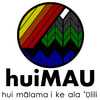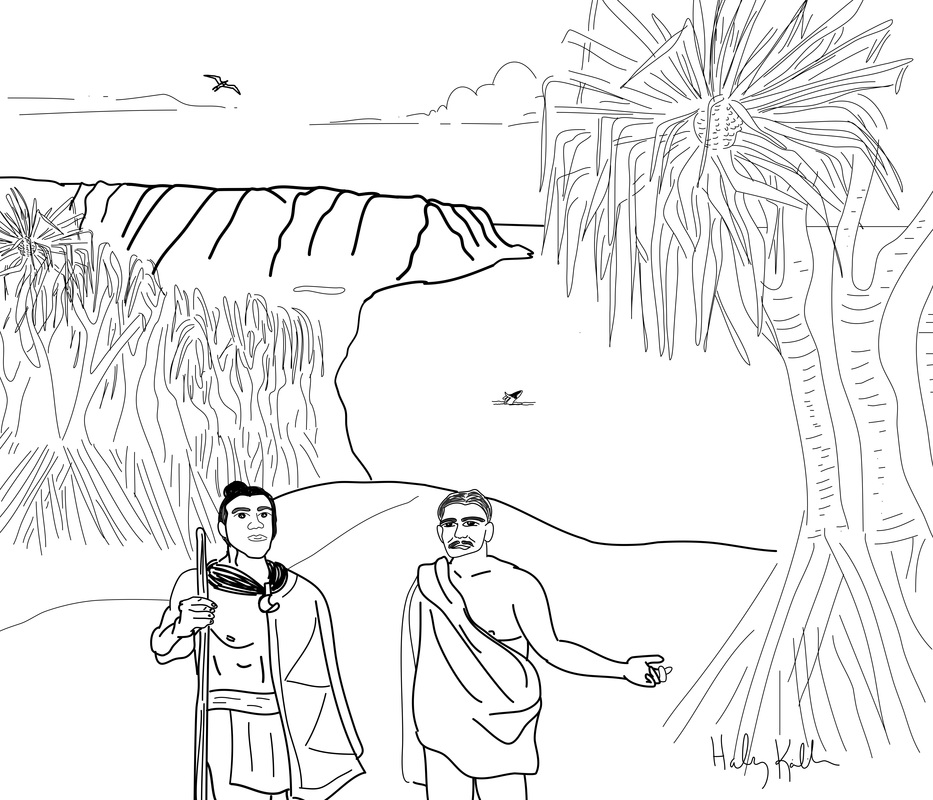A Moʻolelo for ʻUmi: A Famous Aliʻi of These Hawaiian Islands.
* He wahi leo mahalo kēia no ke kōkua ʻana mai o kahi luna hoʻoponopono keu a ke akamai ma ka ʻōlelo makuahine, ka ʻōlelo Hawaiʻi hoʻi. Mahalo nui iā Maya Kawailanaokeawaiki Saffery no ke kōkua ʻoluʻolu ʻana mai! |
About the story..."He Moolelo no Umi" is one of the earliest known published versions of the story of ʻUmi-a-Liloa, the great chief of Hāmākua, Hawaiʻi. The version of this story that is republished and translated here was first published by Simeon Keliikaapuni and J. H. Z. Kalunaaina in 1862, in the Hawaiian language newspaper called Ka Nupepa Kuokoa. After Keliikaapuni & Kalunaaina published "He Moolelo no Umi," similar versions of this important moʻolelo were published and republished in newspapers by a number of others throughout the 19th and 20th centuries. Our kūpuna clearly valued this moʻolelo and the lessons it imbued upon each generation who learned it. We, in the same spirit that inspired our kūpuna to retell this moʻolelo, represent it here, in both its original language and in english, so that our generation and the many generations to come may derive knowledge from the important lessons held within this moʻolelo. And so that we, kamaʻāina of Hāmākua, may find pride in the deep cultural heritage and history of our beloved homelands, the birthplace of this great chief, ʻUmi-a-Līloa.
Start the moʻoleloKealaulili, Mea KākauThis moʻolelo has been compiled and translated by Kealaulili, based on "He Moolelo no Umi," originally published by Simeon Keliikaapuni & J. H. Z. Kalunaaina in Ka Nupepa Kuokoa in 1862. Haley Kailiehu, ArtistAll illustrations have been created by ʻŌiwi artist, Haley Kailiehu. Archives
May 2017
Categories |
Mahalo for visiting our Hui Mālama i ke Ala ʻŪlili Website!
Hui Mālama i ke Ala ʻŪlili is a community-based nonprofit organization. Our mission is to re-establish the systems that sustain our community through educational initiatives and ʻāina-centered practices that cultivate abundance, regenerate responsibilities, and promote collective health and well-being.
Hui Mālama i ke Ala ʻŪlili is a community-based nonprofit organization. Our mission is to re-establish the systems that sustain our community through educational initiatives and ʻāina-centered practices that cultivate abundance, regenerate responsibilities, and promote collective health and well-being.


 RSS Feed
RSS Feed